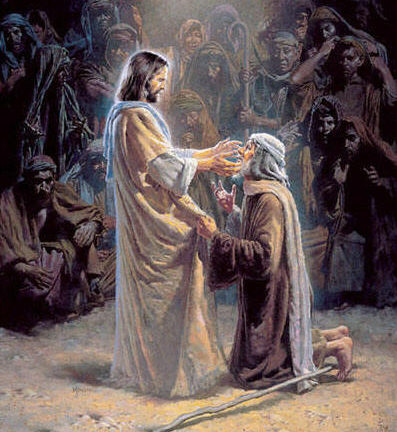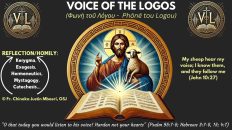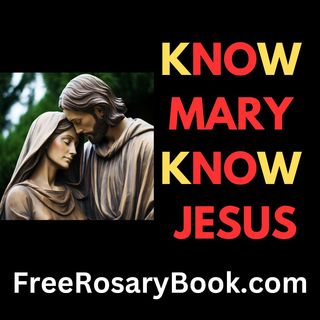The visual ability of humans and other animals is the result of the complex interaction of light, eyes and brain. Needless to say that we are able to see because light from an object can move through space and reach our eyes; thus, we are able to see an object when light itself is reflected from that object. The light enters our eyes through the black spot called the pupil (which is really a hole in the eyes), which passes through fluids, and lands on the retina at the back of the eye. The retina turns the light rays into signals that our brain can understand. In other words, the retina changes the light into electrical signals for our brain; consequently, the brain translates them into the images that we see within a fraction of a second. The whole process, as complex as it is, would not be possible if it were not for the presence of light. Thus, we can say that light is pure, it penetrates darkness, moves with incredible velocity; it nourishes life; it illumines all that comes under its influence. When there’s no light, we won’t be able to see anything even if there is nothing physically wrong with us.
Importing this idea into our religious context, we come to realize the importance of light in relation to God. Light is a fitting symbol of God, the All-Pure, the Omnipresent, the Vivifier of all things, the Source of all grace and enlightenment. It represents also our Blessed Saviour Jesus Christ and His mission. He was “the Light of the world,” (John 8:12), to enlighten “them that sit in darkness and in the shadow of death.”(Luke 1:79; see also Matthew 4:16). Little wonder the psalmist exclaims: “in your light, Lord, we see light…” (Ps. 36:9). It is important to note that this fourth Sunday of Lent is called “Laetare Sunday” a word in Latin which means “rejoice”; we rejoice because we anticipate the arrival of the Light (the resurrection of Christ – Easter); and it is on this note that we immediately come to understand that the readings of this Sunday are not devoid of this essential concept of “light” in relation to “sight” – enlightenment.
The First Reading (cf. 1 Samuel 16:1b, 6-7, 10-13a) illustrates how God aided Samuel with a spiritual insight in order to choose and anoint David the king of Israel. Initially, Samuel expected to anoint one of Jesse’s older sons, the Lord chose the little boy David, the least of the sons of Jesse. It is pertinent to point out here that the king of Israel was chosen from the fields; he was a shepherd. The imagery is apt; the king will be a shepherd of Israel – a prefiguration of Christ the Good Shepherd. With the anointing of David, the message that Samuel took home was that Man does not see as God sees. In other words, spiritual sight goes beyond earthly appearances. It is necessary to pray for the Divine Light to illumine the “eyes of our minds and hearts” in order to see with the optical lenses of God and not of man.
In a nexus, the Responsorial Psalm (cf. Ps. 23:1-6), reflecting on the Lord as the Shepherd, brings another message on “light”. Psalm 23 refers to the Lord who brings his people out of the “dark valley” (i.e., leading them out of darkness) and gives them “restful waters”. Both images are easily linked to the Gospel reading, where Christ gives sight to the blind man at the pool of Siloam.
As a follow-up, the Gospel according to John (John 9:1-41), or the Book of Signs, as suggested by theologians gives us a concretized message. In today’s Gospel Pericope, we read of the encounter of Jesus and a man born blind. In this encounter, Jesus was able to heal the man with a mixture of his saliva and the mud of the earth. By so doing, Jesus evokes Genesis where God creates humanity with the soil. The imagery could thus be read as highlighting what John chapter 1 emphasizes, namely, Jesus’ identity as creator; “through Him, all things were made…” (John 1:3). Washing in the pool gave sight/enlightenment to the man. This is so because the gospel of John depicts a lot of signs in driving home its lessons. The blind man here could be identified with “humanity”, while the pool of Siloam could be likened with Jesus – the baptismal font. John explicitly tells us what “Siloam” means, “Sent”. The name, therefore, is significant, as numerous commentators have shown, because John describes Jesus as the One who was sent (John 3:17, 34; 4:34; 5:23–24, 30, 36–38; 6:29, 38, 39, 44, 57; 7:16, 18, etc.) It is, therefore, no coincidence, the man (i.e. humanity) is “washed” in Christ—an apt symbol of the sacrament of baptism, which enlightens (gives light to) the soul.
In this vein, the Second Reading from Paul’s letter to the Ephesians (5:8-14) gives another dimension of light. What was the context of this? Ephesus was in Western Asia Minor, established by Ionian Greeks in the 11th century B.C. It possessed the famous Temple of Diana, one of the seven wonders of the ancient world, and was a centre of magical practice. The Church was established there early and was visited by Saint Paul. In this regard, Paul reminds the Ephesian believers that they were led out of darkness (magical practices, sorcery, idolatry, prostitution etc. that characterized that city). Darkness is associated with sin. More notably, Paul says that “you are light in the Lord”. Hence, believers are encouraged to become like Christ, the Light. This is linked to the resurrection. Believers are said to be like Christ in the resurrection—they have arisen from the dead and have been given light.
Dear friends, when we accept Christ, the light of the world, let us be equally ready with the challenges that may come with it – oppositions from the forces of darkness, expulsion from the “world”, persecution etc.; just as the blind man was heavily opposed by the Pharisees and consequently expelled from the synagogue; however, after this, Jesus came to reveal himself personally to him, and he was able to see and identify Him as the One who cured and gave him light. This gives us the assurance that after being opposed by the “world” (darkness) for belonging to the Light (Christ), we shall come to meet Christ, and see him as he really is.
Today, our world (most importantly – the Church) is faced with a thick darkness; the darkness of the pandemic of COVID-19, such that the faithful are forced to remain indoors and encounter difficulty in accessing the One True Light. It is indeed a spiritual challenge that calls for a deeper thirst for Christ, the Light of the world. It is a time to intensify our efforts in prayer, asking our Lord Jesus Christ to shine brightly once again upon our world and the Church, in order to dispel the evil of this COVID-19. But then, for our prayers to be effective, our collective efforts are needed; we must turn from the darkness of sin and walk in the Light of Christ by loving God with our whole hearts and minds and our neighbour as Christ loves us. Above all, in the midst of the existing panic of the pandemic of COVID-19, it is pertinent that we “rejoice” today (Laetare Sunday) as our liberation (Easter) is close at hand. May the grace of Christ – the amazing grace, enable us to see clearly and overcome the darkness in our world today. Amen.
HAPPY SUNDAY!
© Fr. Chinaka Justin Mbaeri, OSJ
Paroquia Nossa Senhora de Fatima, Vila Sabrina, São Paulo, Brazil
nozickcjoe@gmail.com / fadacjay@gmail.com


